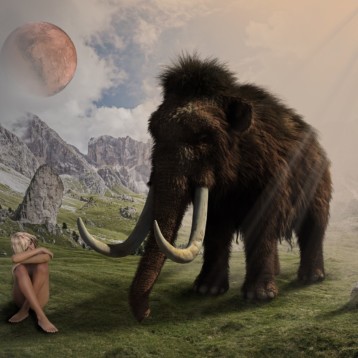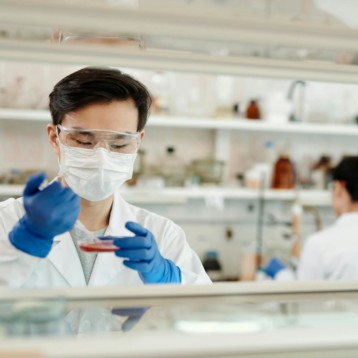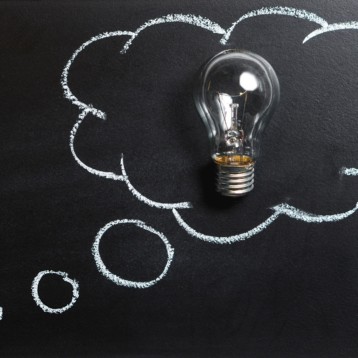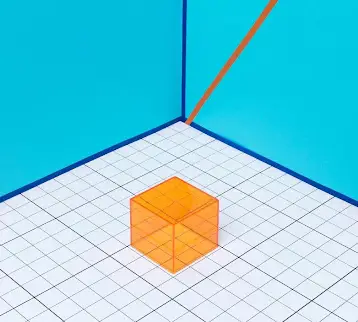With the ever-present technology incorporated in every activity in our daily lives, kids nowadays, including toddlers, can quickly figure out how to operate any gadget. However, there are many fun and exciting science toys and presents we can give our kids aside from the usual phone and tablet. These toys can even help develop some of their crucial skills.
Gifts for Chemistry Enthusiasts
Aside from the simple toys and tools that you can give as presents to help kids explore science, there are interesting chemistry presents for kids, too! Below are some of them.
1. Magic Liquid

Help kids understand and observe how water changes colors. This colorful chemistry kit, along with acidic patterns and color-changing milk, can be used at home. Reagents used are sodium carbonate, citric acid, sodium hydrogen carbonate, thymol blue, and sodium hydrogen sulfate. Help them understand how thymol blue changes colors depending on its acidity level!
2. Magic Paper

This experiment can be used for children above 12 years old. It uses reagents such as Copper (II) Sulfate, potassium Hexacyanoferrate (III), Sodium Thiosulfate, and Potassium Iodide. By using these reagents, you can write, conceal what you just wrote, and reveal what has been concealed.
3. Instant Snow

Instant snow uses reagents such as citric acid and sodium polyacrylate. The snow that you are going to make requires water and a little bit of sodium polyacrylate. The sodium polyacrylate will rapidly absorb all the water and will turn into a heap of fluffy white “snow.”
4. Chemical Warmer

Let your kids make their own hand warmer! This experiment includes Copper (II) Sulfate and Zinc powder as reagents. Zinc is an active metal and can readily engage in solutions of less reactive metals. The reaction of copper sulfate and zinc as they dissolve in water produces heat that can easily be felt.
5. Hot and Cold

Your children will learn how the same process with similar substances can have different effects, such as turning water temperature from hot to cold. This experiment uses reagents such as calcium chloride, urea, and calcium nitrate.
6. Zinc-Carbon Battery

Make an actual zinc-carbon battery with this experiment! It uses Manganese (IV) oxide, Ammonium chloride, and Graphite. If you could make an effort and do the experiment with extreme precision, you could make a battery that can work up to 10-12 hours.
7. Sulfur Dioxide
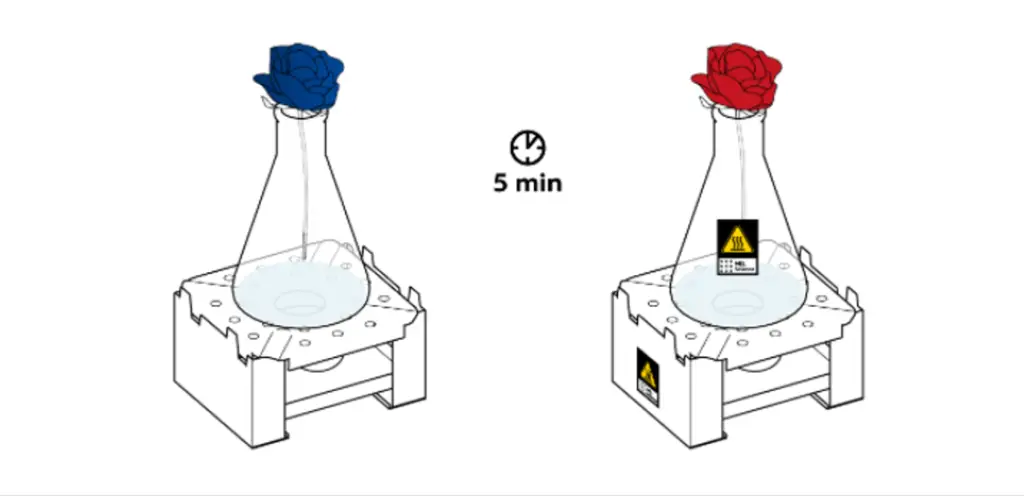
This experiment will help you synthesize sulfur dioxide to make indicators such as roses change color. It uses Disodium bisulfite, thymol blue, and citric acid. Thymol blue is an acid-base indicator that turns blue in a basic medium and red in an acidic medium.
Chemistry sets are great gifts for children. They will have the tools they need to satisfy their curiosity and learn about science at the same time. However, it’s necessary to have adult supervision when the kids are doing these experiments. Put on protective eyewear and gloves, and follow safety rules.
Toys for Smaller Kids to Teach Them the Basics of Science
Take advantage of kids’ curiosity and introduce them to some of the simplest educational science toys available. Give them as gifts to your children to help them learn practical skills and the confidence to accomplish things.
1. Spinning Tops

Tools can extend our senses and allow us to obtain information by observing and playing. Spinning top toys are not just colorful and fun to watch! They are used to explore motion. These will help kids answer questions such as: Are tall or short tops easier to spin? Do light or heavy tops spin longer?
2. Pipettes or Eye Droppers

Pipettes or eye droppers can be used to move liquids, helping kids learn how fluids behave. They will know that as they squeeze the bulb, they are pushing air, and as they release the bulb, it pulls water inside. They can observe that water can form drops, and as they turn the dropper upside down before they squeeze, they can create a fountain. Squeezing can also help our kids develop small motor control, plus it adds to their creativity.
3. Bubbles and Bubble Wands

Bubbles can teach our kids about shapes and geometry and even the awareness of air movement.
4. Mirrors

Playing with mirrors can teach kids about the properties of light. They can use it to reflect light and wonder how our image can be reflected through the mirror.
5. Balls

You can give kids balls of the same size but with different weights to explore how the weight of an object affects its movement. They can learn what rolls further if given the same push – the heavier or the lighter.
6. Magnets
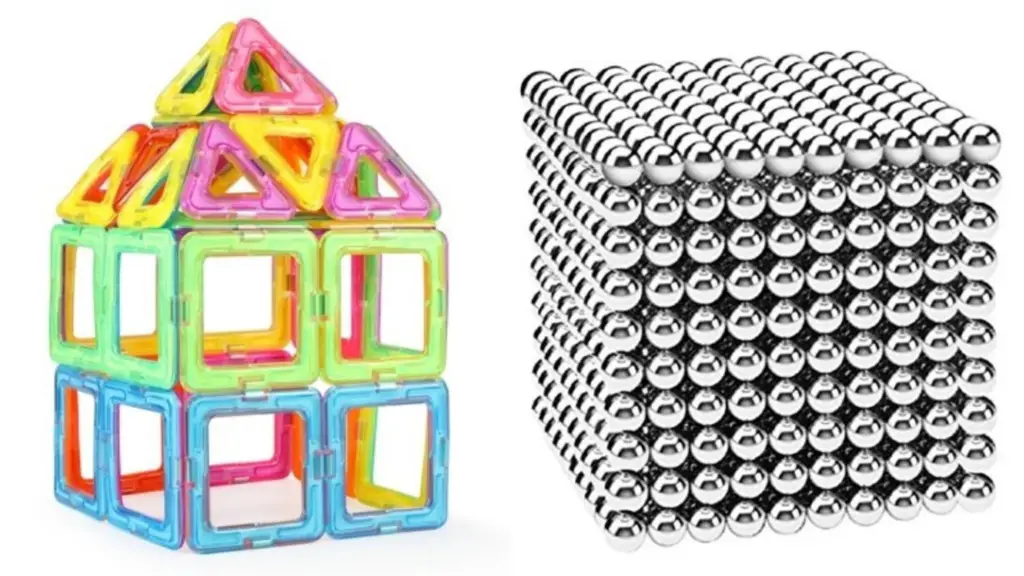
By playing with magnets, kids can explore how magnetic force works and what materials are attracted to it. They can also learn that magnetism is a force that pushes or pulls. Although understanding how it works can be known later in their development.
Introduce how exciting science can be and let kids discover fun on their own! Cultivate little geniuses and enjoy watching them amazed by these cool gifts!


